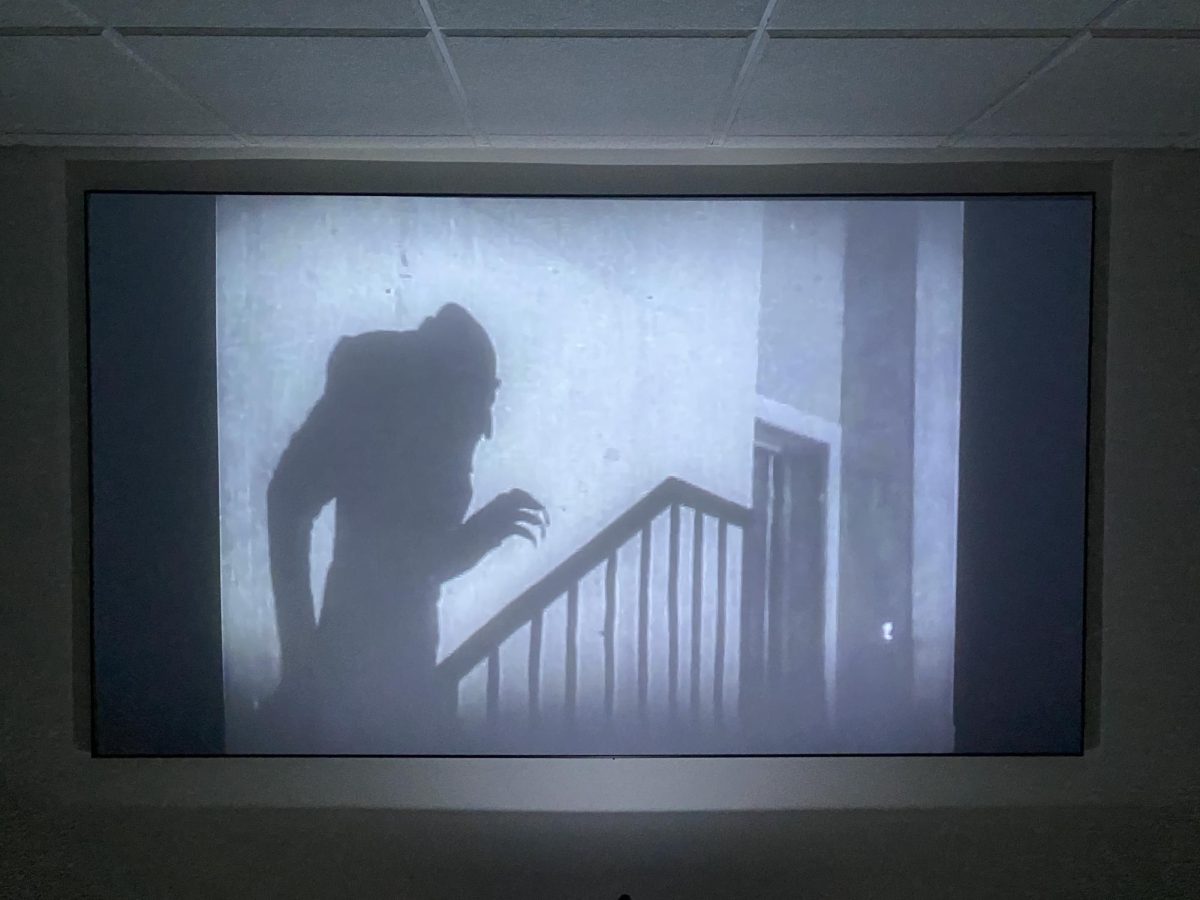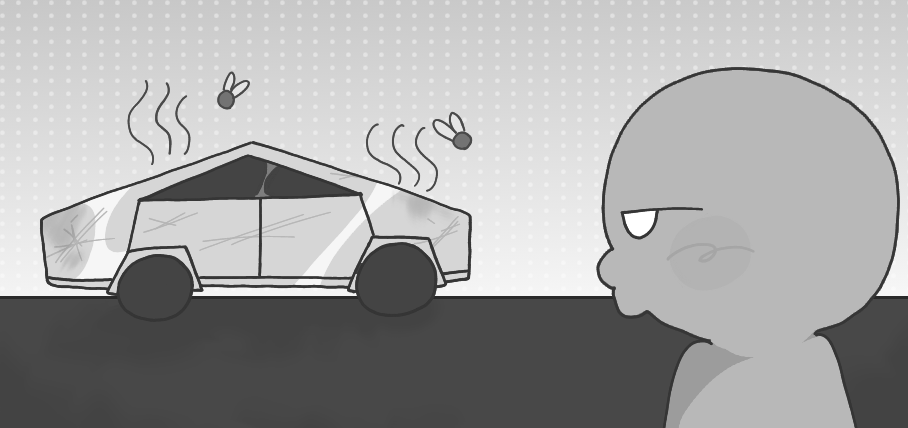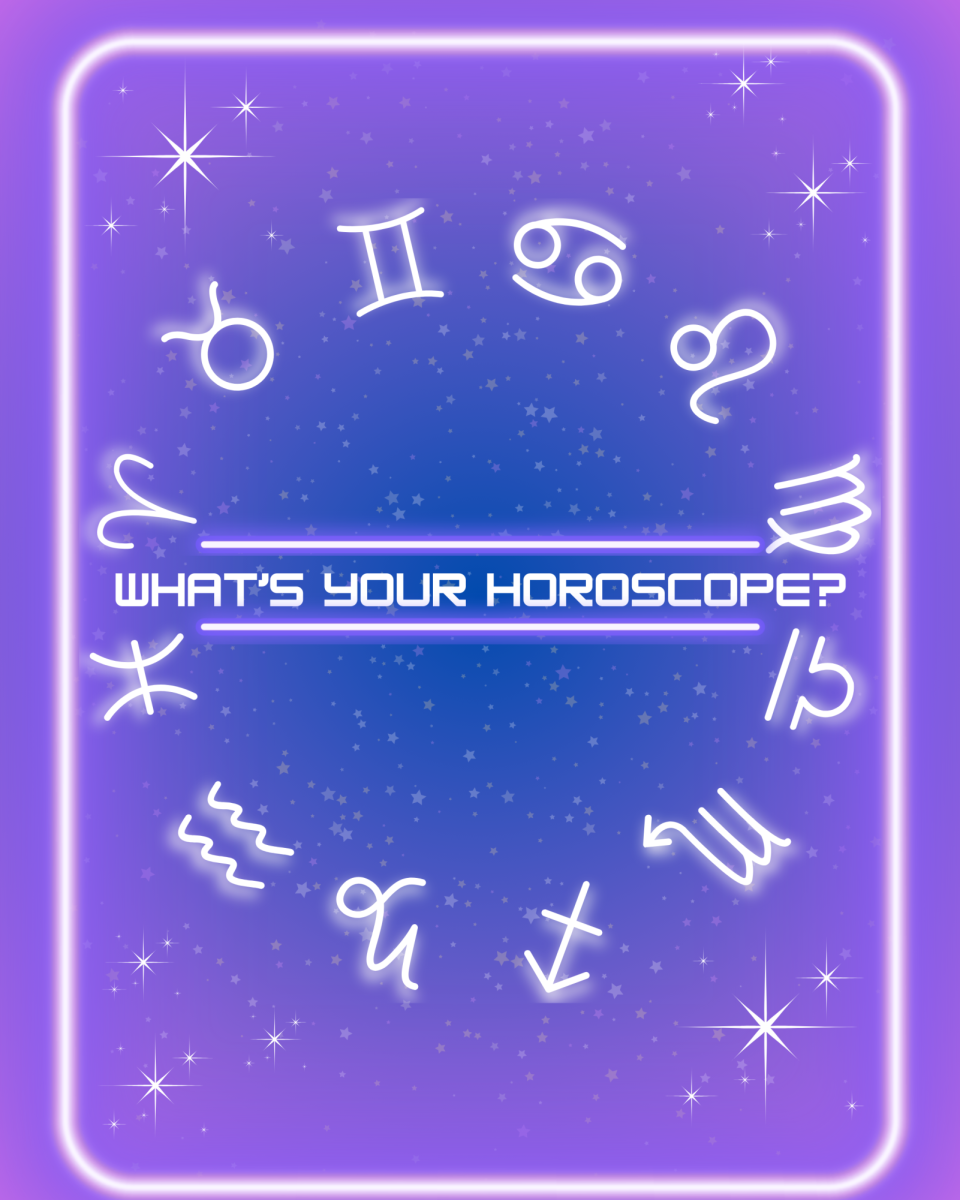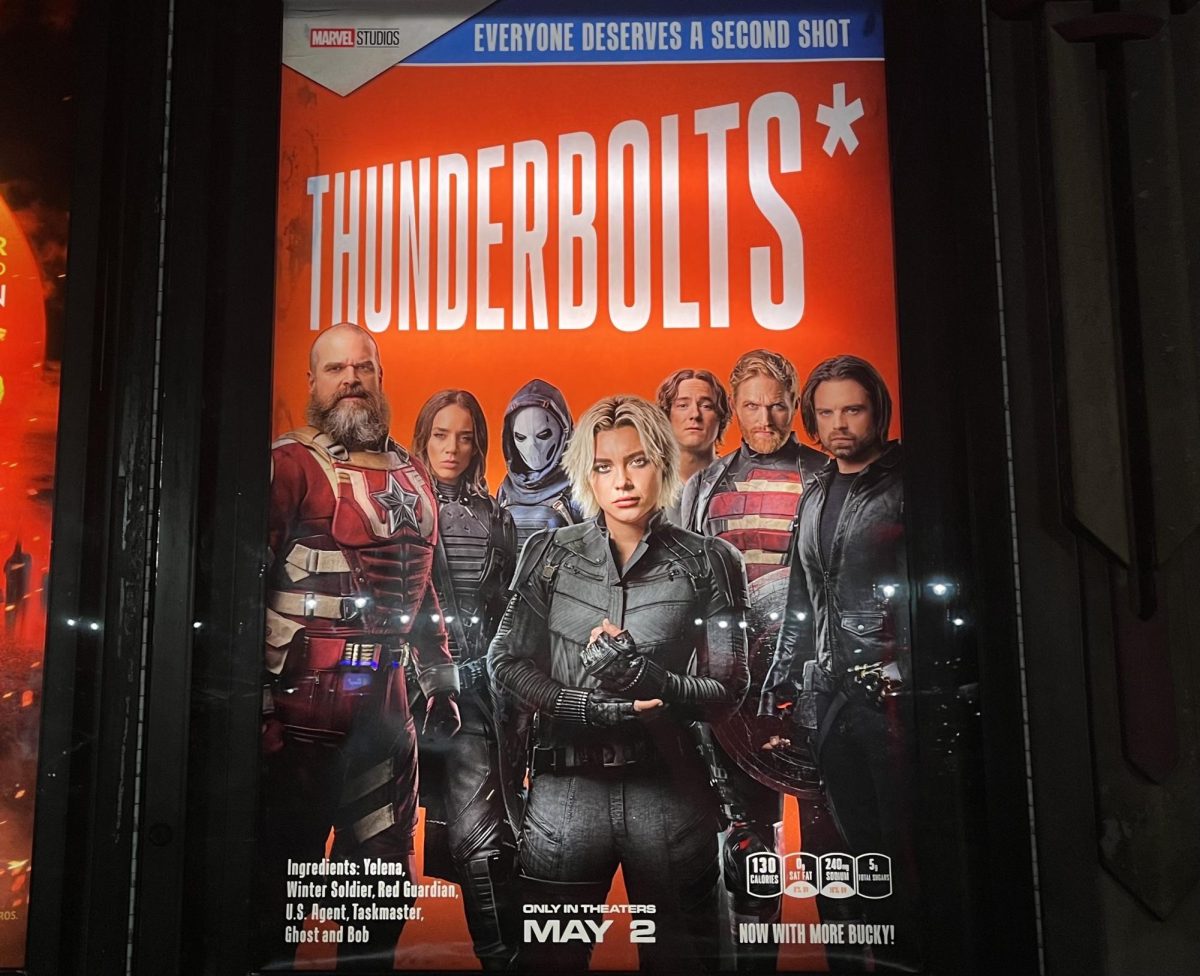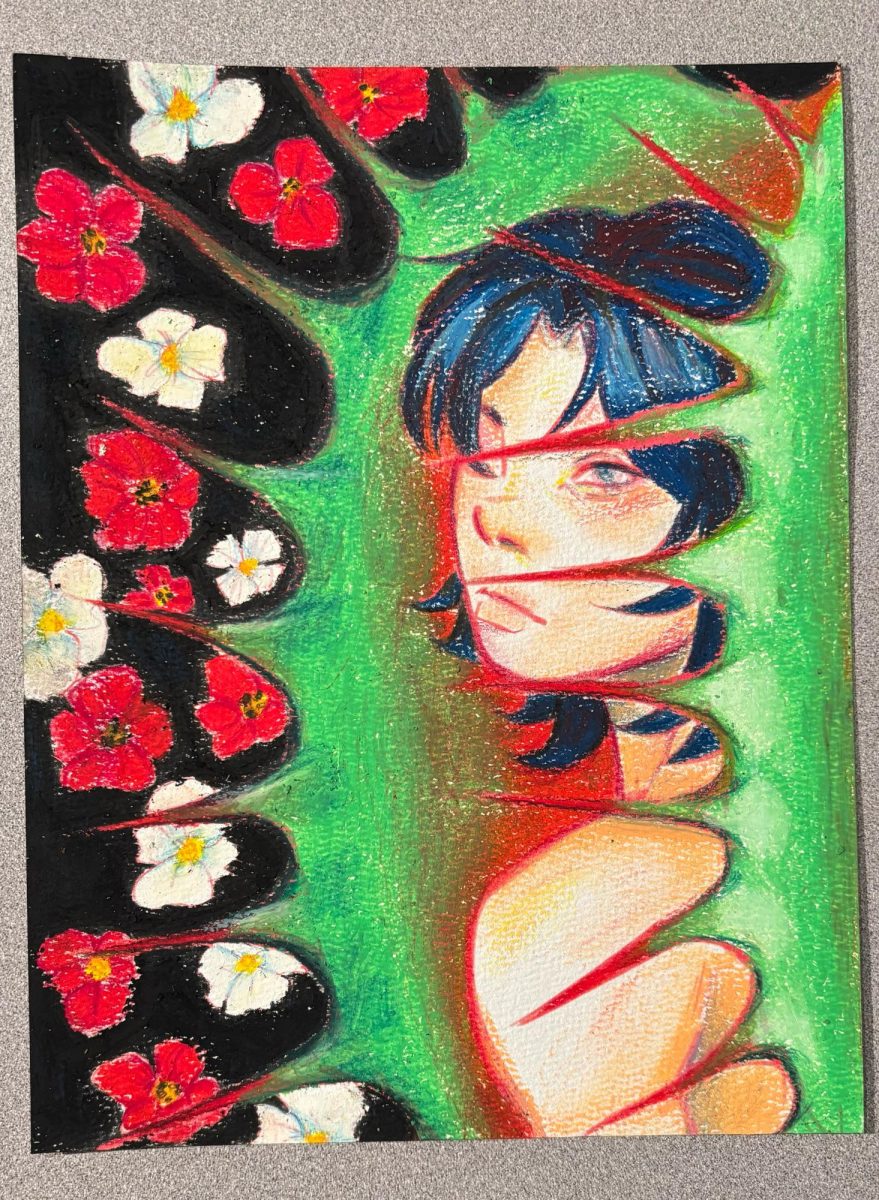We have used horror in our stories for as long as we’ve been telling them. They served as cautionary tales and oral traditions with themes that taught children how to be safe when growing up to tell whom and what they should avoid. But horror has also been a great source of entertainment for us; the macabre and the disturbing have always been a fascination for humans.
Within the last century and a half, we have been able to explore and experiment in horror with the advent of film.
In the early days of film, from the 1890s through the 1930s, horror was focused on the monsters– but they had deeper meanings than just being large and menacing. Monster movies of this era depicted the prejudices and fears of the people.
“Nosferatu” (1922) is a German film about the vampire Count Orlock, who invites Thomas and Ellen Hutter to his castle to kill them. The Nazi party was gaining power in Germany when this film was made, and the director F.W. Murnau was a gay man, and put multiple examples of queerness and antisemitism in the movie.
Count Orlock himself, a caricature of Jewish stereotypes, is said to be a reflection of the queerness Thomas tries to repress. There are multiple scenes of Orlock just staring at Thomas intently, and one scene in particular where Thomas pricks his finger, and the Count starts to suck the blood from it.
“Frankenstein” (1931) is about a scientist who creates a new life from death, but the monster escapes and begins terrorizing the local town after they attack him for being “unnatural.”
This film was released during the Great Depression when immigration was falling because of exclusionary measures passed to discriminate against migrants.
Frankenstein’s monster represents the xenophobia of the era because the fear that this unknown, foreign creature would harm the townspeople made hostile to it when it just wanted to be accepted.
After World War II ended, social movements began growing across the country, and monster movies were on the way out.
The ideas that monster films presented became less popular as time moved on and gave way to horror that discussed ideas of feminism and power disparities.
“Rosemary’s Baby” (1968) is about the titular character moving into a Manhattan apartment, but is suspicious that her neighbors may be part of a Satanic cult that wants her unborn baby.
Rosemary is depicted as being trapped in her daily life, as she is subjected to abuse from her husband and constant watch from her neighbors, and sacrifices her own identity and being to be a housewife as the plot goes along.
Without giving it away, the movie ends with Rosemary resigning herself to pleasing the people around her; there is no happy ending.
“Suspiria” (1977) is about American ballet dancer Suzy Bannion exploring the strange goings-on in her ballet school after a student goes missing into the night. The headmistresses are shown to be abusive to the students and are suspected by the local townspeople to be witches. The film demonstrates that those in power often abuse their power, lie and kill for their own self interest.
Today, with the creation of the internet and having succeeded in many of those social movements of the past, our horror movies now focus on larger ideas like the human psyche. Our connection to each other and information is strong, but it comes with its downsides.
“Hereditary” (2018) is about how one family processes the death of the matriarch.
Although the film has examples of gore and the supernatural, the horror comes from the family breaking apart as they struggle to cope with the loss of the grandmother and the daughter. Despite a demon haunting them throughout the plot, the climax serves as the final breaking point for the family, their relationships completely broken as the movie ends.
These movies demonstrate just how much our fears have changed in just the last 100 years.
Horror started as an oppressive, racist force, but grew into scarier and more progressive works of art. These five movies are worth a watch this Halloween

